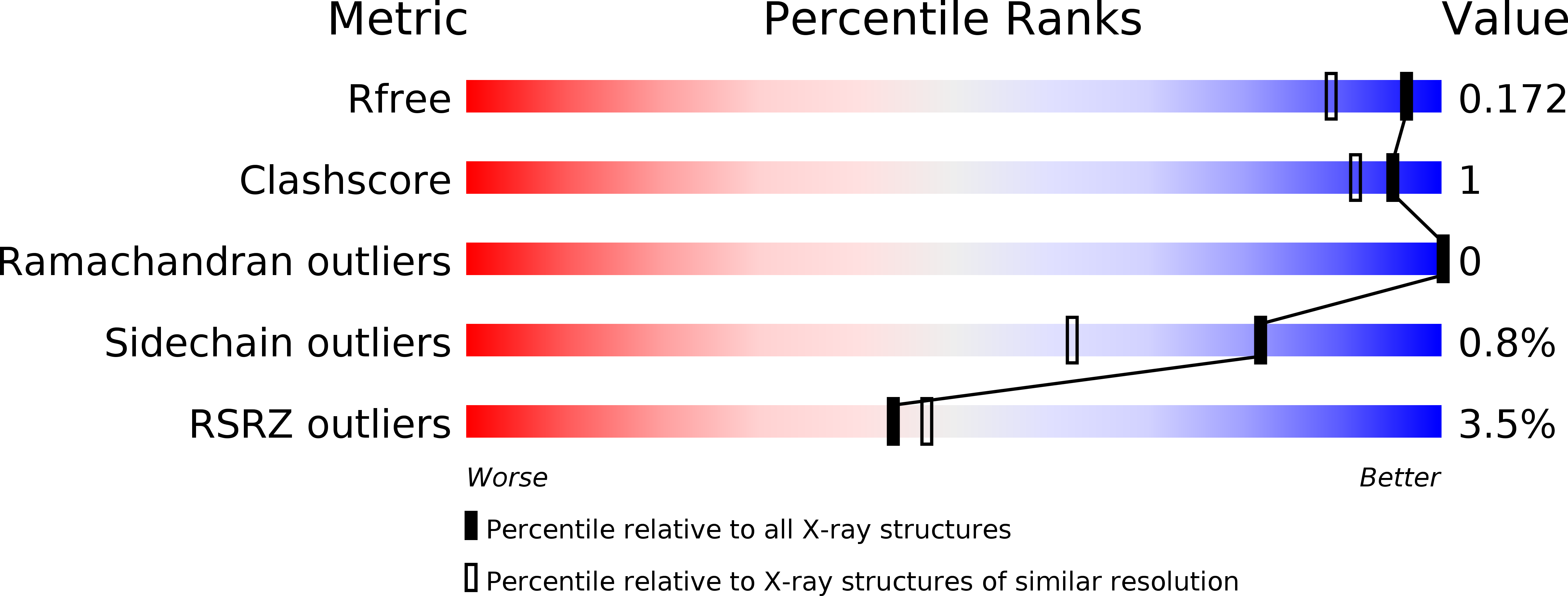
Deposition Date
2004-08-26
Release Date
2005-01-18
Last Version Date
2024-10-23
Entry Detail
PDB ID:
1W70
Keywords:
Title:
SH3 domain of p40phox complexed with C-terminal polyProline region of p47phox
Biological Source:
Source Organism:
HOMO SAPIENS (Taxon ID: 9606)
Host Organism:
Method Details:
Experimental Method:
Resolution:
1.46 Å
R-Value Free:
0.20
R-Value Work:
0.18
R-Value Observed:
0.18
Space Group:
P 21 21 21


